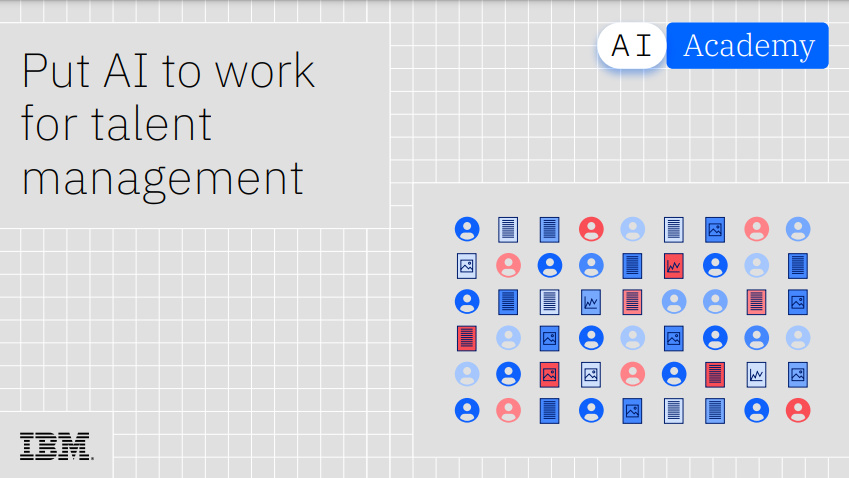Coding vs programming vs scripting: What’s the difference?
Your comprehensive guide to the important distinctions between coding, programming, and scripting


When people talk about writing code on a computer, the terms ‘coding’, ‘programming’ and ‘scripting’ are often used interchangeably. In fact, most people aren’t aware that there are subtle but important differences between the three activities. But just what are they?
What is coding?
Put simply, coding is the act of inputting commands into a computer in a language that it can understand. At the smallest level, computers process everything in binary — 1s and 0s — also called machine code.
Far back in computer science history, there was no other way in which users could write code, but quickly programming languages were written to give programmers a far more user-friendly coding experience.
Today, almost all code is written in one of many programming languages, which have their own libraries, documentation and syntax.
All of the most popular programming languages have their differences, with more or less overlap between them, and it takes time to learn how to use each one effectively.
When you strip each one down to its core, however, all each does is interface with a computer on its own terms, while simultaneously allowing a user to create commands in a way that they can understand and easily remember.
What is programming?
If coding is translating intention into language that computers can understand, programming can be understood as taking this language and making it into a comprehensive list of instructions.
Every decision you make on your computer, whether it’s right-clicking or pressing ‘search’ on Google, sets in motion a chain of code that varies in complexity depending on the demands of the user.
Usually, these chains have been written line-by-line in code inside a program called a compiler, which translates the program from the language in which it was written into machine code that the computer can run as a cohesive program.
Very recently, AI models have reached a point where they are beginning to be able to overtake humans in writing programs of their own, but this is still far from proven technology.
What is scripting?
RELATED RESOURCE

The COO's pocket guide to enterprise-wide intelligent automation
Automating more cross-enterprise and expert work for a better value stream for customers
Scripting is typically used to automate a process that would otherwise be undertaken by a human operator. Some programming languages are considered good scripting languages, with a prime example of this being Python. This is due to its ample documentation, speed, and intuitiveness.
Unlike programs, which are compiled into machine code by a compiler, scripts are usually run by something called an interpreter. This runs the program line-by-line from the source code, with no translation of the script into any other code.
The benefit of scripts is that they are much easier to understand for beginners, as they are generally laid out in a more easily digestible format. On the other hand, scripts can only run on a computer that has the right interpreter installed.
Get the ITPro daily newsletter
Sign up today and you will receive a free copy of our Future Focus 2025 report - the leading guidance on AI, cybersecurity and other IT challenges as per 700+ senior executives

Rory Bathgate is Features and Multimedia Editor at ITPro, overseeing all in-depth content and case studies. He can also be found co-hosting the ITPro Podcast with Jane McCallion, swapping a keyboard for a microphone to discuss the latest learnings with thought leaders from across the tech sector.
In his free time, Rory enjoys photography, video editing, and good science fiction. After graduating from the University of Kent with a BA in English and American Literature, Rory undertook an MA in Eighteenth-Century Studies at King’s College London. He joined ITPro in 2022 as a graduate, following four years in student journalism. You can contact Rory at rory.bathgate@futurenet.com or on LinkedIn.
-
 Bigger salaries, more burnout: Is the CISO role in crisis?
Bigger salaries, more burnout: Is the CISO role in crisis?In-depth CISOs are more stressed than ever before – but why is this and what can be done?
By Kate O'Flaherty Published
-
 Cheap cyber crime kits can be bought on the dark web for less than $25
Cheap cyber crime kits can be bought on the dark web for less than $25News Research from NordVPN shows phishing kits are now widely available on the dark web and via messaging apps like Telegram, and are often selling for less than $25.
By Emma Woollacott Published
-
 ‘AI is coming for your jobs. It’s coming for my job too’: Fiverr CEO urges staff to upskill or be left behind
‘AI is coming for your jobs. It’s coming for my job too’: Fiverr CEO urges staff to upskill or be left behindNews The latest in a string of AI skills warnings has urged staff to begin preparing for the worst
By Ross Kelly Published
-
 IBM pledges support for UK government cyber skills program
IBM pledges support for UK government cyber skills programNews The CyberFirst Girls competition is aimed at increasing diversity in the cyber security workforce
By Emma Woollacott Published
-
 AI skills training can't be left in the hands of big tech
AI skills training can't be left in the hands of big techNews Speakers at Turing's AI UK conference lay out challenges to AI skills readiness
By Nicole Kobie Published
-
 Tech talent shortages mean firms are scrapping traditional recruitment strategies
Tech talent shortages mean firms are scrapping traditional recruitment strategiesNews With more than half of enterprise leaders worried about future skills shortages, many organizations are turning to a range of new techniques to expand potential talent pools.
By Emma Woollacott Published
-
 The UK’s AI ambitions face one major hurdle – finding enough home-grown talent
The UK’s AI ambitions face one major hurdle – finding enough home-grown talentNews Research shows UK enterprises are struggling to fill AI roles, raising concerns over the country's ability to meet expectations in the global AI race.
By Emma Woollacott Published
-
 Businesses know they have major skills deficits, but less than half plan on hiring more women
Businesses know they have major skills deficits, but less than half plan on hiring more womenNews Male IT leaders remain complacent about gender diversity despite widespread skills shortages
By Emma Woollacott Published
-
 Put AI to work for talent management
Put AI to work for talent managementWhitepaper Change the way we define jobs and the skills required to support business and employee needs
By ITPro Published
-
 Essential skills for managers: Develop resilient employees
Essential skills for managers: Develop resilient employeesWhitepaper Build team culture, no matter where your people are located
By ITPro Published